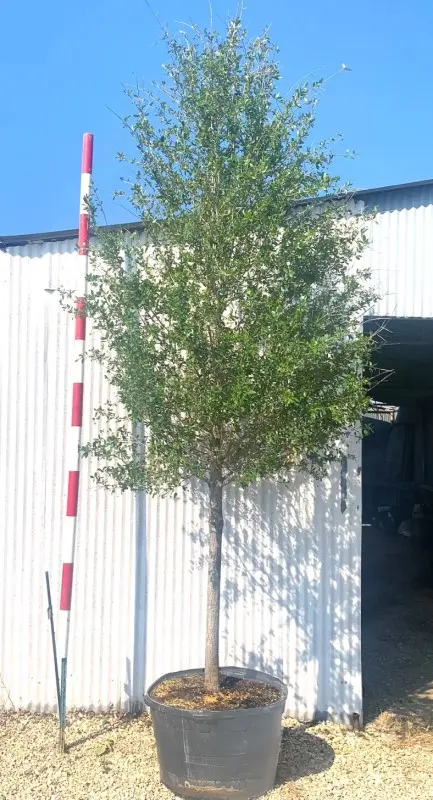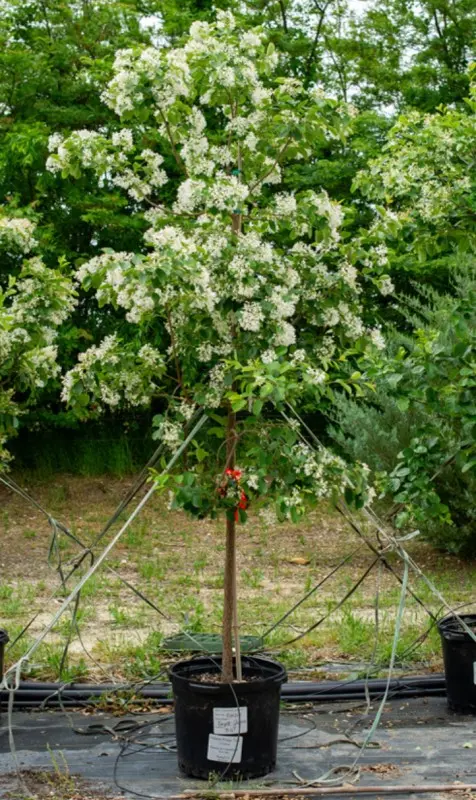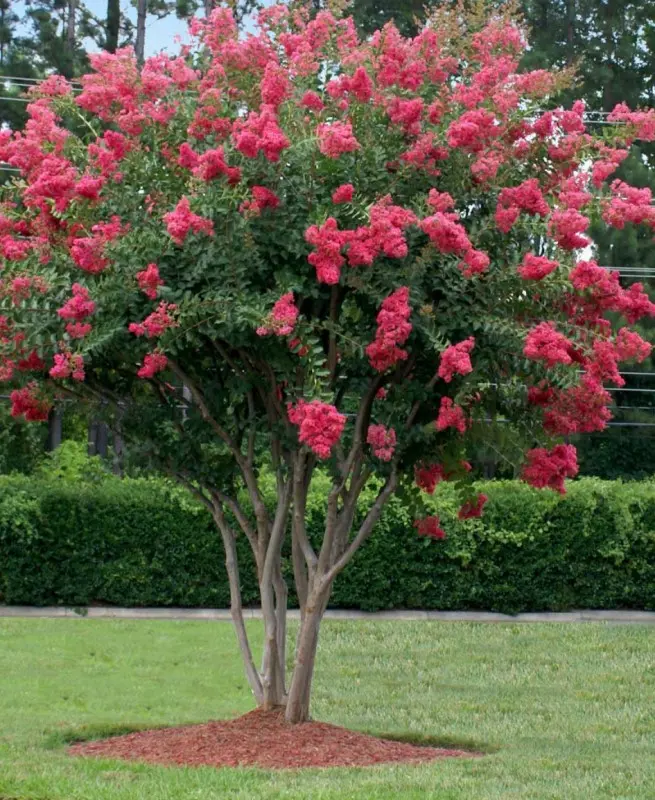Description
Live Oak (Quercus virginiana), also known as Southern Live Oak, is an iconic, evergreen oak tree admired for its sprawling, majestic form and resilience in a variety of landscapes. Native to the southeastern United States, this tree features dark, glossy green leaves that are oblong and leathery, remaining on the tree year-round. Its branches spread wide and low, often creating a canopy much wider than the tree’s height, which can reach 40 to 80 feet tall and spread up to 100 feet or more. The gnarled, sprawling limbs of the Live Oak make it especially striking, creating a dramatic, ancient appearance in mature trees.
Thriving in USDA zones 7-10, Live Oak prefers full sun and can adapt to various well-draining soil types, including sandy, clay, and loamy soils. Known for its durability, this tree is highly tolerant of drought, salt, and even occasional flooding, making it suitable for both coastal and inland landscapes. Once established, Live Oak requires minimal watering, making it an excellent choice for low-maintenance or xeriscape gardens in warmer climates.
Low-maintenance and long-lived, Live Oaks require little pruning except to remove dead or crossing branches. Their dense, spreading canopy makes them popular shade trees in parks, large residential landscapes, and historical sites. The tree also supports an array of wildlife, providing habitat and food for various species, including birds and squirrels. With their timeless appeal, dense canopy, and robust adaptability, Live Oaks bring beauty, shade, and ecological value to the landscape, becoming a cherished feature for generations.






